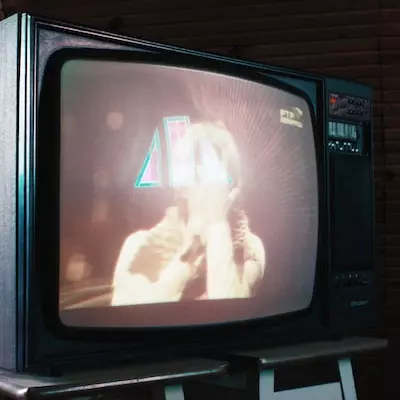- cross-posted to:
- movies@lemmit.online
- cross-posted to:
- movies@lemmit.online
The DP also used a global shutter trick to create a flicker and studder look, furthering the sensation of a newsreel feel. Definitely ahead of its time before digital cinema.
This is the best summary I could come up with:
From Henry Koster’s romantic melodrama D-Day the Sixth of June (1956) through to Julius Avery’s zombie-horror actioner Overlord (2018), filmmakers have remained understandably fascinated with the spectacle and human drama of the Normandy landings.
The opening battle scene, depicting the US landings on Omaha Beach, remains an astonishing and utterly harrowing vision of war as hell, unlike anything previously found in mainstream US cinema.
Janusz Kamiński’s unsteady, bleached cinematography intentionally recalls original newsreel footage and the photography of Robert Capa, while the score composer John Williams offers no musical accompaniment to the cacophony of gunfire and death.
Some of the incidents that the film portrays are taken directly from survivor accounts," John C McManus, professor of US military history at Missouri S&T and author of The Dead and Those About to Die: The Big Red One at Omaha Beach, tells the BBC.
"In spite of plenty of Omaha Beach inaccuracies – soldiers too close together, obstacles pointed in the wrong direction, sustained machine gun fire with no melted barrels, flamethrowers taking pillbox bunkers – I do view it as a masterpiece of sorts.
While earlier Normandy epics like Darryl F Zanuck’s The Longest Day (1962) gave a broad view of the battle, including sweeping aerial shots and lengthy sequences from the German perspective, Spielberg makes no such effort to contextualise the action.
The original article contains 1,708 words, the summary contains 222 words. Saved 87%. I’m a bot and I’m open source!



